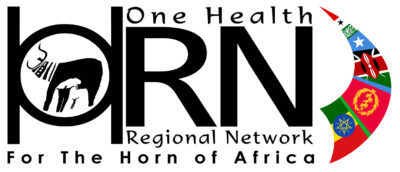On 13 March 2020, the first case of COVID-19 in Kenya, a 27-year-old Kenyan woman who travelled from the US via London, was confirmed.
The Government of Kenya, in its response to the COVID-19 pandemic, implemented a raft of recommended public health measures to prevent the spread of the disease within its borders which included regular hand washing with soap and running water and disinfection with hand sanitizer containing at least 60% alcohol; maintaining an appropriate distance as much as possible; refraining from touching eyes, nose, and mouth with unwashed hands; wearing face masks in public places; keeping social distance of at least one meter from one another, and staying at home, avoiding unnecessary travel.
The extent to which communities adequately practice these measures is not known. A study, investigated by Dr Dismas Ongore (UoN), Susan A. Nyawade (UoN), and Joseph K. Wang’ombe (UoN), was subsequently proposed to address the problem.
Study Objectives
- Determining the extent of involvement of the community in design of recommended COVID-19 public health measures
- Determine the factors that influence adherence to recommended COVID-19 public health measures
- Recommend measures to improve uptake and adherence guided by available evidence for informed decision making.
Method
A cross-sectional, analytical study was conducted in urban setting in the Ngong Ward, Nairobi Metropolitan Area, Kajiado, and a rural setting in Sigomere Ward, Ugunja sub-county, Siaya County. A quantitative semi-structured questionnaire was used to obtain the information and was administered by telephone interviews using the Open Data Kit (ODK) platform.
Ngong Ward is predominantly urban and is part of the greater Nairobi metropolitan area. The Ward has a fair mix of well-to-do and poor households, presenting an excellent opportunity to look for divergent views on COVID-19. In addition, the Ward has a large informal slum settlement – Mathare – comparable with similar settlements in Nairobi with similar challenges. Sigomere Ward, on the other hand, is predominantly rural with subsistence farming as the main occupation of most of the residents. Both counties had already experienced cases of COVID-19 and presented a unique opportunity to compare rural and urban experience of COVID-19.
Sensitization of the communities was done with the help of the local administration, i.e. chiefs and assistant chiefs, who were identified and sensitized as to study goals and objectives by the study team. Subsequently, village elders were identified and sensitized by chiefs and assistant chiefs. Recruitment of enumerators then followed in both sites by the help of the village elders. Enumeration of the households then followed with listing of telephoned contact of the heads of the households, and these were subsequently used to administer telephone-based interviews using the ODK platform.
